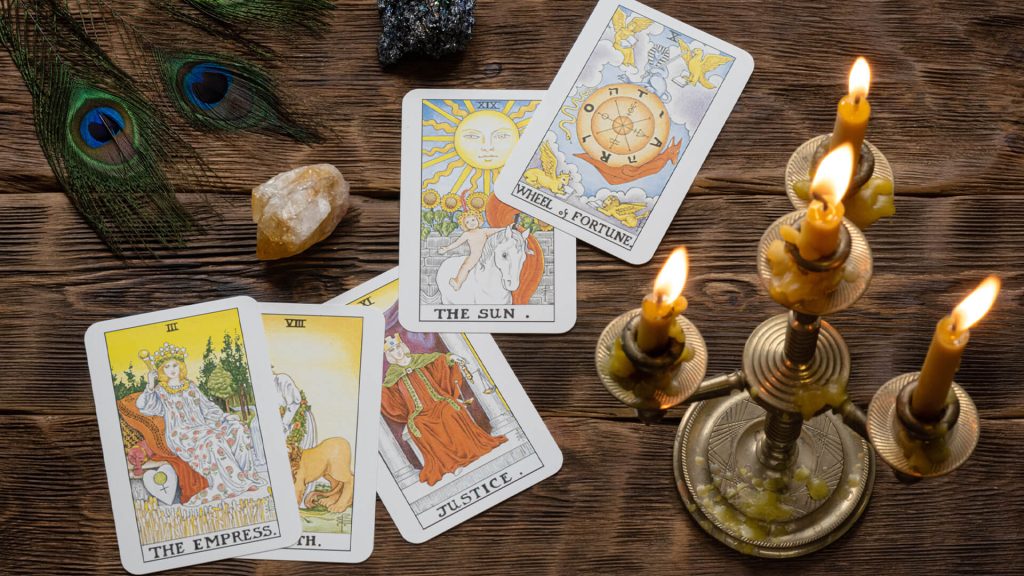When it comes to healthcare, one of the most important factors in fostering a positive patient experience is building trust. Patient confidence can be significantly enhanced through clarity during the Good Faith Exam (GFE). A clear and transparent GFE helps patients feel informed, respected, and in control of their healthcare decisions. Let’s explore how this process strengthens patient trust and confidence.
The Power of Transparency in Healthcare
Clarity is key to ensuring patients understand their medical needs and financial responsibilities. A well-explained good faith exam med spa provides patients with an accurate estimate of costs, services, and potential outcomes. This transparency reduces anxiety and builds trust in the healthcare system. By offering a clear, upfront outline of what to expect, patients are more likely to feel secure and valued.
- Clear Communication Reduces Uncertainty: Patients often experience stress regarding medical bills, treatments, and insurance processes. By receiving a comprehensive GFE, patients gain insight into what will be covered and any potential out-of-pocket expenses. Knowing what to expect financially reduces confusion and builds trust.
- Enhanced Comfort and Understanding: Patients who receive a clear explanation of their exam and treatment options are better equipped to make informed decisions. When healthcare providers take the time to explain procedures and costs clearly, it signals respect for the patient’s time and well-being.
Establishing Trust with Ethical Practices
A Good Faith Exam reflects a healthcare provider’s commitment to ethical practices. When providers offer transparency in pricing and services, patients feel more assured that the treatment plan is designed with their best interests in mind.
- Strengthening the Doctor-Patient Relationship: The GFE process fosters a stronger connection between patient and provider. By openly discussing all aspects of care, including pricing, patients feel more involved in their healthcare journey. This shared understanding enhances the relationship, creating a more collaborative and trusting environment.
- Building Long-Term Confidence: A healthcare provider’s commitment to clarity during the GFE encourages loyalty and long-term trust. Patients are more likely to return to a provider who has demonstrated honesty and openness, and they are more likely to recommend that provider to others. Positive experiences lead to patient retention and greater overall satisfaction.
Why Clarity Matters
Providing a clear Good Faith Exam helps alleviate the stress of unexpected costs and creates a more patient-centered environment. When patients are confident about their financial and medical expectations, they can focus more on their health and well-being.
- Empowerment Through Knowledge: When patients understand what services are being provided, the potential costs, and any insurance implications, they can make better-informed decisions. This sense of empowerment can greatly improve their overall healthcare experience.
- Positive Outcomes Through Confidence: Patients who trust their providers are more likely to engage actively in their treatment, follow prescribed care plans, and attend follow-up appointments. Clear communication and transparent practices lead to better health outcomes and higher satisfaction levels.
Conclusion
In the fast-paced world of healthcare, a clear and transparent Good Faith Exam provides immense value in building strong patient confidence. By offering clarity in both medical and financial aspects of care, healthcare providers foster trust, improve patient satisfaction, and create lasting relationships. When patients feel informed and respected, their confidence grows, leading to better engagement and healthier outcomes.





